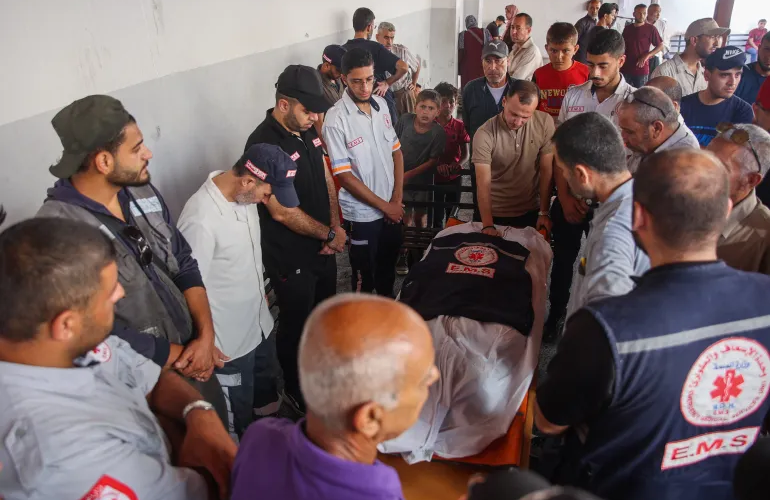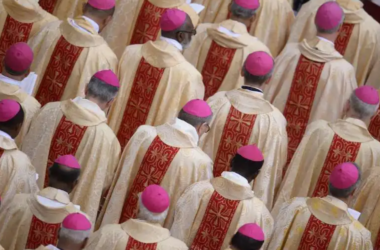An Israeli airstrike on a medical clinic in Gaza City has resulted in the death of Hani al-Jaafarawi, the director of Gaza’s Ambulance and Emergency Department, according to Gaza’s health ministry. This brings the total number of medical staff killed by Israeli actions since October 7 to 500, with at least 300 others detained.
The Israeli military, however, stated that the strike was aimed at Mohammad Salah, a senior Hamas commander responsible for developing weaponry for the group. “Salah was part of a project to develop strategic weaponry for the Hamas terrorist organization and commanded several Hamas squads working on weapons development,” the military said.
The incident occurs more than eight months into the ongoing conflict, with international mediation efforts, backed by the United States, failing to secure a ceasefire. Hamas demands a complete end to the war, while Israel has agreed only to temporary pauses, insisting on the eradication of Hamas.
In Rafah, located near the Egyptian border, Israeli forces expanded their control from the eastern, southern, and central parts to the western and northern areas, as reported by local residents amid heavy fighting. On Sunday, reports indicated that Israeli tanks had advanced to the outskirts of the Mawasi displaced persons’ camp in northwest Rafah, causing many families to flee northwards to Khan Younis and Deir Al-Balah in central Gaza, the last city in the enclave not yet invaded by tanks.
“The situation in Tel Al-Sultan, in western Rafah, remains very dangerous. Drones and Israeli snipers are targeting people who try to check on their houses, and tanks continue to take over areas overlooking Al-Mawasi further west,” said Bassam, a resident of Rafah. “We know about people killed in the streets, and we see dozens of houses destroyed by the occupation,” he told Reuters via a chat app.
Israel maintains that it does not target civilians and attributes civilian casualties to Hamas’s tactics of engaging in combat among civilians, a claim Hamas denies. The Israeli military stated that forces are continuing “intelligence-based targeted operations” in Rafah, discovering weapons, rocket launchers, and eliminating militants who posed threats.
In Gaza City’s Zeitoun suburb, northern enclave residents reported a re-entry of tanks and significant shelling, despite Israel’s previous claim of having completed operations there.
The Israeli ground and air campaign began after Hamas militants stormed southern Israel on October 7, resulting in the deaths of approximately 1,200 people and the capture of more than 250 hostages, according to Israeli sources. The subsequent Israeli offensive has led to nearly 37,600 Palestinian deaths, as reported by Gaza health authorities, leaving the enclave severely devastated.
Since early May, military efforts have been concentrated on Rafah, where approximately half of Gaza’s 2.3 million residents have sought refuge from other areas. Israeli Prime Minister Benjamin Netanyahu stated that the intense phase of fighting against Hamas is nearing an end but reiterated that the conflict will not conclude until Hamas no longer controls the enclave. In an interview with Israel’s Channel 14, he indicated that forces would be redirected north to address potential conflict with Hezbollah in Lebanon, which has expressed solidarity with Palestinians through border strikes.
“After the intense phase is finished, we will have the possibility to move part of the forces north. And we will do this,” Netanyahu said.








